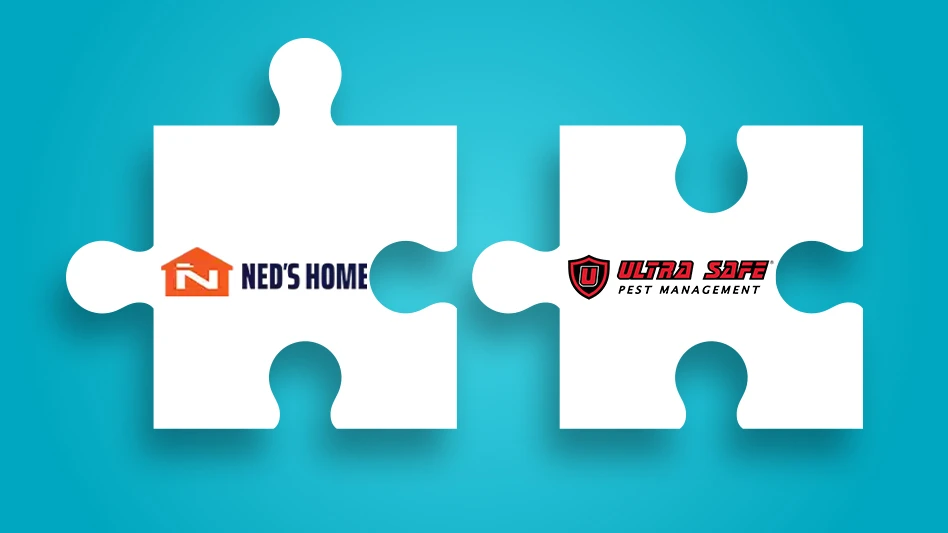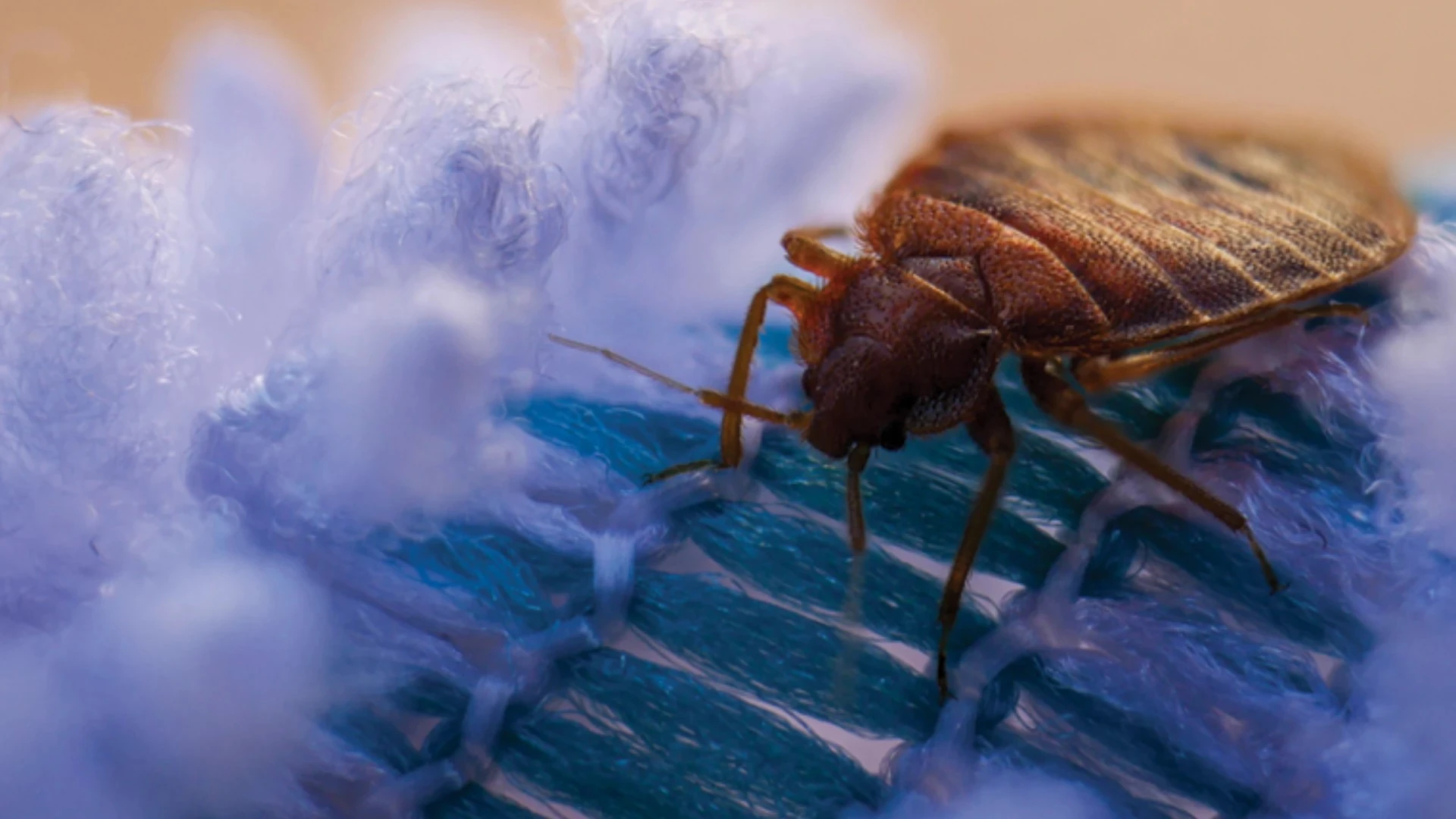Much has been written and reported in the press, on the airwaves and on the Internet about bed bugs and the proliferation of bed bug cases worldwide over the last five years. It is not the purpose of this article to reproduce information about bed bugs (Cimex lectularius), their habits or the reasons behind the boom in bed bug cases — all of which are well documented. What has been missing is an unbiased global discussion about the best practices and treatment opportunities available for pest management professionals.
The key objectives of this article are to provide a tool for PMPs and the lay public for understanding the key issues in the prevention and treatment of bed bug infestations and to submit the most up-to-date, comprehensive, bed bug control protocol available — including field-tested solutions, their strengths and weaknesses and potential untested solutions that are being studied or introduced right now.
What We Know. Over the past 10 years, many treatment protocols involving a large number of insecticide products used individually or together plus several different non-pesticidal strategies have been employed in treatment efforts. The results of many of these efforts have been reported in the scientific literature. There are seven facts that seem to be consistent throughout the literature:
- A bed bug infestation, unless caught early, is probably the hardest pest infestation a PMP will have to control.
- Customer compliance is essential; proper pre-treatment preparation of the facility may be the single most important step in an effective bed bug treatment strategy.
- Bed bug control programs are very expensive both in anxiety, time and expense on the part of customers and in time and products used by PMPs.
- Many products are typically used in the control protocol, the value of each is not always clear.
- The bed bug life cycle can outlast most of the insecticides and control measures used in the treatment.
- It typically takes at least two treatments (one to two weeks apart) or more to gain control.
- It can take months for the customer and the PMP to determine if the infestation has actually been controlled.
An effective bed bug control protocol must take all of these factors into account to maximize protocol effectiveness. Unfortunately, the combination of difficulty in treatment; length of time to determine effectiveness; the transient nature of the populations in some facilities; the varying levels of cooperation from both landlords and tenants; and the inability or unwillingness to pay for necessary treatment to effect full control make the treatment tasks for the PMPs very difficult.
Add to these issues the growing number of lawsuits against hotels, landlords, universities and housing authorities and the PMP’s mandate by these customers to "do it right the first time" — an almost impossible task — it is no wonder that many PMPs feel that they are between a rock and a hard place. The protocol that follows provides PMPs, housing managers and the lay public with the latest information available for best treatment practices as of press time.
Control Protocols. Successful bed bug control protocols involve the following steps: inspection, preparation for treatment, treatment, and re-inspection(s)/retreatment(s). The inspection is needed to determine that the pests are, indeed, bed bugs and where visible signs of infestation are located.
Because bed bugs are capable of hiding in almost any nook and cranny in a room, including behind walls, the best treatment involves treating the entire room and surrounding rooms — left, right, up and down. The cost of optimal treatment may be prohibitive for most people and landlords, but they should be informed of the optimal treatment in writing along with a copy of the PMP’s recommended treatment protocol.
Treatment involves the use of insecticides or other control measures to deal with bed bugs in both the sleeping area (on the mattress, box spring, headboard and/or other sleeping surfaces) and in non-sleeping areas (surrounding furniture, carpets, electronics, wall hangings, clothing, wall voids, etc.).
Initial Inspection. An inspection should be performed to identify that bed bugs are indeed the problem. In some situations, a more detailed inspection may be necessary if the bed bug infestation is not immediately apparent. Record on the inspection form (see page 102) what was found; live bugs, blood staining, eggs, caste skins and location. All rooms adjacent to the infested area should also be inspected to determine if additional treatment is needed.
At the conclusion of the inspection, a treatment date and the preparation for the treatment form should be reviewed with the resident/owner/manager responsible for the property. Ideally, treatment should not be performed without preparation in advance by the landlord, residents and/or the pest management firm, including a schedule for treatment of infested adjacent rooms.
When conducting initial inspections, PMPs should note the following:
- PMPs who send out inspectors followed by separate technicians must make sure inspection results are well communicated to the technicians prior to treatment to ensure that infestation sites are not missed or that tenants have not moved infested items to other areas.
- In addition to cost concerns about treating adjacent rooms, some multi-family management firms mistakenly want to keep the presence of bed bugs confidential to others in the dwelling. Failure to deal with adjacent neighbors typically results in re-infestation via common walls, hallways, etc., and lack of open communication with residents may open the landlord to aggressive legal action instituted by unhappy surrounding tenants.
Preparation for Treatment. One of the keys to successful treatment of bed bug infestations is the preparation done prior to treatment. Whether treatment is done by the tenants (which is significantly cheaper, but less likely to be properly completed and more likely to disturb the bed bugs and promote movement to other areas resulting in higher overall cost) or by the pest management professionals (initially more expensive but more effective when treatment can be done as preparation is taking place; this approach may be denied by tenants who don’t want PMPs "rooting through their personal stuff"), the following guidelines should be used for preparing for a bed bug treatment. (Note that preparations for the treatment of a hotel room may not be the same as the treatment of a residential bedroom.)
- The tenant or PMP should start by stripping the bed(s) — immediately placing the bedding into black garbage bags and securely tying off at the top to prevent the spread of bed bugs to other areas. Most other clothing items and items than can tolerate a clothes dryer should be similarly treated. All other items to be removed from the infested room should also be securely bagged following inspection.
- Items used in the infested rooms, such as vacuum cleaners, laundry or other items removed to another part of the structure must be identified, inspected and thoroughly treated (insecticide or laundered). Items that can be laundered should go through a normal washing machine cycle set at the hottest water setting. Infested items such as footwear, small rugs, backpacks, toys, stuffed animals should be placed in a clothes dryer and subjected to the highest heat setting for at least five minutes.
- Infested electronics such as computers, televisions, radios, clocks, DVD players and telephones may require treatment or should be bagged and discarded. The use of dry heat or the bagging of infested electronic equipment with a DDVP strip (Nuvan Prostrips) labeled for that use should work, but pest management professionals should note that damage to equipment using these methods may lead to PMP liability for equipment damage.
- Mattresses and box springs may be discarded if heavily infested or cleared of bed bugs, then covered with either an active mattress liner (ActiveGuard) or an encasement (e.g., Protect-A-Bed, MattressSafe, etc.) and kept in service. (Author’s note: Although there are a number of quality bed bug encasement products available to PMPs, active mattress liners, which are impregnated with permethrin, have many advantages, though they may not be acceptable to all users. The low treatment dose and minimal exposure [less than widely used insect repellent clothing and bed nets], the evenness of distribution, the ease of installation and, most importantly, the ability to kill bed bugs [including the possibility of killing off newly introduced bed bugs] make active mattress liners the preferred method of treatment. If encasements are used, make sure the appropriate encasement for the mattress and box spring size and depth is installed and that the recommended encasement has been specifically designed to make bed bug escape less likely, or re-infestation can occur.) Both solutions can be installed by the tenant or PMP to protect the mattress and box spring if cost is an issue. If the mattress or box spring is discarded, wrap the items in plastic to seal in any bed bugs and eggs and place in a dumpster. Firmly attach a note to the items indicating that they are infested with bed bugs.
- Furniture and all other items must be pulled away from the walls. Remove electrical switch plates and outlet covers for inspection and for dust insecticide application. Dismantle bed frames and stand mattresses and box springs on end if not discarded. Remove the cotton dust cover on the underside of the box spring to expose the internal springs.
- All furniture, windows, window sills, window treatments and window frames should be completely wiped down with a cloth and an all purpose cleaner or, if possible, laundered. Wipe down all cracks and crevices of the furniture, including drawers. Remove the drawers, inspect and treat as needed the underside of the drawers and the inside of furniture and replace the drawers when dry.
- Vacuum the entire floor area and then discard vacuum bag outside. Clean the inside of the vacuum and underneath the wheels to prevent reentry of any bugs.
- All occupants must remain out of the treated area for approximately four hours after treatment is completed or until all treated surfaces are dry.
Treatment. Here are the steps to follow for a thorough bed bug treatment.
Sleeping Areas. Treatment begins with the clearing of bed bugs and eggs from the mattress and box spring (and any other location/furniture where people or pets sleep). Clearance is accomplished through the use of one or more of a series of control agents. These control agents would include products such as: Steri-Fab, Bedlam Insecticide, steam, Cryonite, CB-80 Extra, diatomaceous earth, whisk broom and vacuuming.
Bag and discard vacuum bags outside right away. The inside of the box spring, the headboard and bed framing should be treated with more residual products such as: Demand CS, Suspend SC, Tempo SC Ultra, Onslaught Microencapsulated Insecticide, Transport GHP Insecticide, Gentrol IGR Concentrate, diatomaceous earth, Tempo 1% Dust, Drione Insecticide, DeltaDust Insecticide or Phantom Termiticide-Insecticide. Mixtures of these products, such as, Suspend plus Gentrol plus Phantom are acceptable as long as such mixtures are not prohibited within state and federal labels. Once the mattress and/or box spring is cleared, install the appropriate size active mattress liner or encasement.
Non-Sleeping Areas. Other infested or suspected infested areas should be treated with more residual control agents for the treatment of the box spring, headboards and bed framing mentioned previously.
The PMP should inspect the inside framework of furniture as well as the back of pictures on the wall, luggage and the attachment points for window treatments. Any infestation in these areas should be noted on the treatment report.
Treatment of the carpet tack strip, inside closets, closet shelf edges, peeling wallpaper and more must be treated to prevent bed bugs from escaping the treatment. Pay close attention to wood and fabric surfaces which bed bugs prefer. Attention to detail in treatment is critical for the control of this pest. Every conceivable potential harborage point, down to the space above recessed screws, should at least be inspected and treated as needed.
The PMP must remove switch and plug cover plates, treat the void with a dust and replace the plates also. It may be necessary for the installation of Wall Injectors (small plastic plugs) in selected wall areas if treatment of a wall void with a dust must be completed. Climbup Insect Interceptors may be used within the room or under the bed legs as a treatment element and/or inspection tool.
Re-inspection. A re-inspection of the room or structure should be completed within two weeks of the initial treatment where additional control measures may be needed. Residents should be questioned concerning bed bug activity. Bed bugs are difficult to eliminate; therefore a second or more inspections and additional treatments may be necessary.
When treating for bed bug infestations, the PMP should note the following:
- Often a structure cannot be completely treated because of social issues. Language barriers prevent effective preparation and implementation of the treatment protocol.
- Overcrowded dwellings can result in too much clutter, locked doors for personal property security and lack of compliance because of immigration concerns.
- A combination of products (typically mixed in B&G sprayers) are often used to treat non-sleeping areas, but the value of some of the individual components and the cocktails themselves have yet to be proven to be effective.
- Infested electronics can be a big issue. The author observed a treated infested bedroom that still contained an untreated ceiling fan, a floor and table lamp, an electronic scale and an iron. No field tested solution has worked out how these items can be treated effectively and ensure that their function is maintained afterwards.
- Platform beds and futons appear to suffer from severe infestations with bed bugs. These items need to be completely disassembled and treated thoroughly.
- Active mattress liners or encasements should be installed on every mattress and/or box spring cleared of bed bugs to prevent re-infestation. The author has observed encasements, left with the customer to install, that were installed inside out, not properly measured and fitted, not locked or slightly ripped upon installation. PMPs probably should manage encasement installation to ensure effectiveness.
Full Structure/Large Items. In some cases, the size and value of the structure or contents may require treatment of the entire structure or item (e.g., a small apartment building or car). The use of Vikane gas fumigant in a fumigation chamber or the fumigation of an infested structure are options that have been successfully used. Likewise, heat treating objects in a box truck also has been used. The PMP should be aware of the labeled use of these treatments and the potential liabilities if used off-label.
Further Research. The pest management industry needs more lab and/or field data on the following control technologies:
- There is a growing body of evidence to suggest that particulate formulations (dusts and wettable powders) may provide better and longer control of bed bugs because of their greater availability to the bed bug. More study and field data is needed.
- The author is aware of efforts to generate data to support the use of heat (PackTite Bed Bug Heat Unit) and Nuvan Prostrips DDVP strips for the control of bed bugs in electronics. This is important work that needs to be continued and published as infested electronics are a big problem.
- There is a need for reliable bed bug detector data. Data to support the use of the Climbup interceptors has been and continues to be published. Data to support the use of other detectors would be helpful.
- Novel applications need to be scientifically explored and published! For example, can microwave ovens (larger industrial size) be used by PMPs to kill bugs in bags like a clothes dryer only faster?
- How are resident bed bug infestations in public housing and elderly care facilities handled effectively?
Conclusions. Protocols for the control of bed bugs are dynamic and likely to change as pest management firms obtain more products and information on the control of bed bugs. More technology needs to be developed to deal with "holes" in the treatment protocol and supportive lab and field data to support the new technology. More effort needs to be placed into reducing the cost of effective bed bug control.
Jim Ballard, Ph.D., BCE, owner of Ballard Pest Management Consulting, provides independent pest control consulting. For the past 25 years, Ballard had provided technical service and product development support to FMC Corporation and Dow Chemical Company. Neither Ballard nor his firm has an equity position in any of the products mentioned in this article, nor receives any incentive for sales of any product.

Explore the March 2010 Issue
Check out more from this issue and find your next story to read.
Latest from Pest Control Technology
- Rentokil Terminix Expanded in Key Markets with 2024 Acquisitions
- In Memoriam: Joe Cavender
- Certus Acquires Green Wave Pest Solutions
- Liphatech Adds Alex Blahnik to Technical Team
- Do the Right Sting: Stinging Insect Identification, Management, and Safety
- VAGA's 8th Annual Veterans Thanksgiving Appreciation Dinner
- Clark's Blair Smith on the Response to Increased Dengue Fever Cases in Southern California
- WSDA, USDA Announce Eradication of Northern Giant Hornet from U.S.





